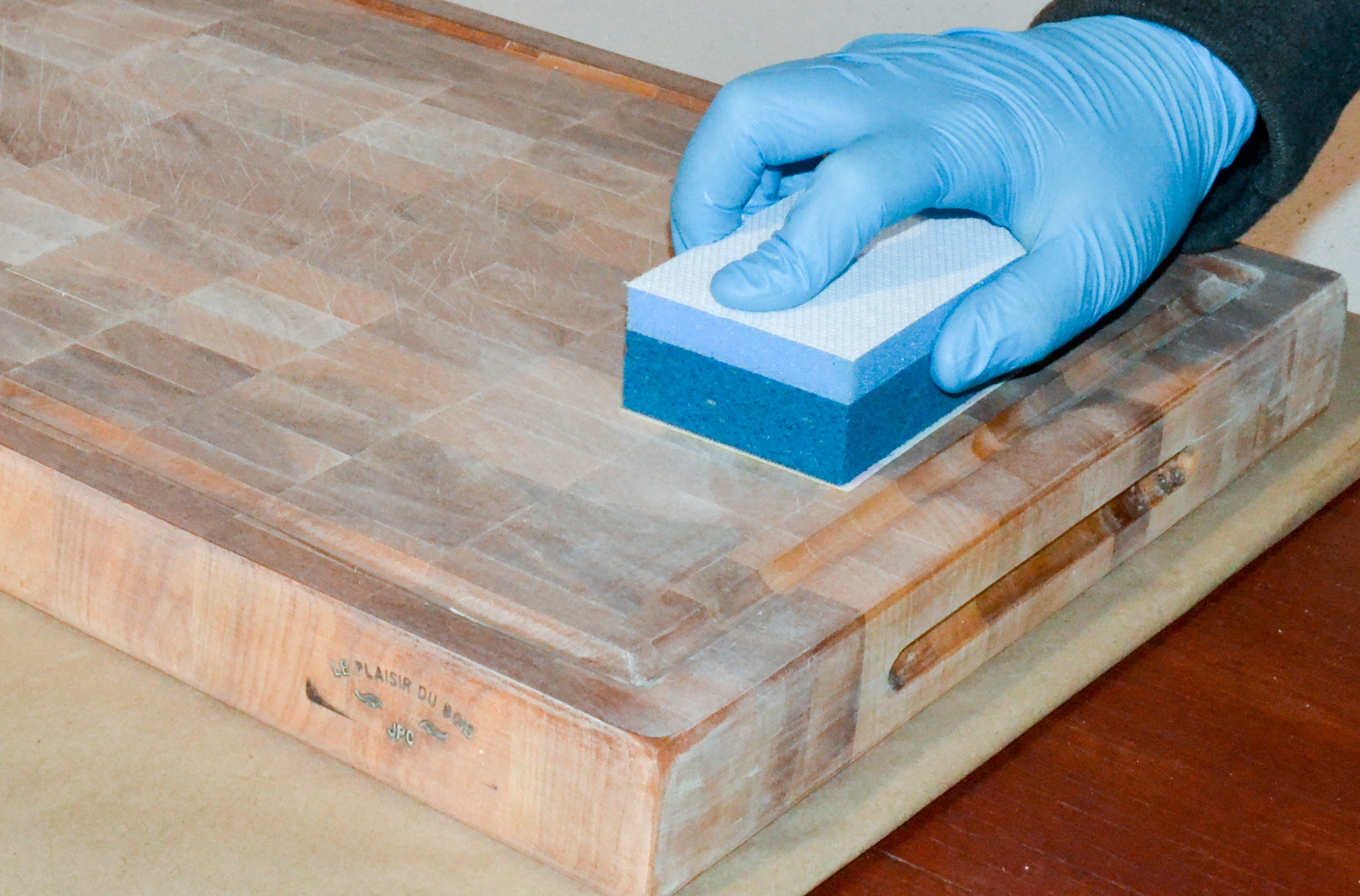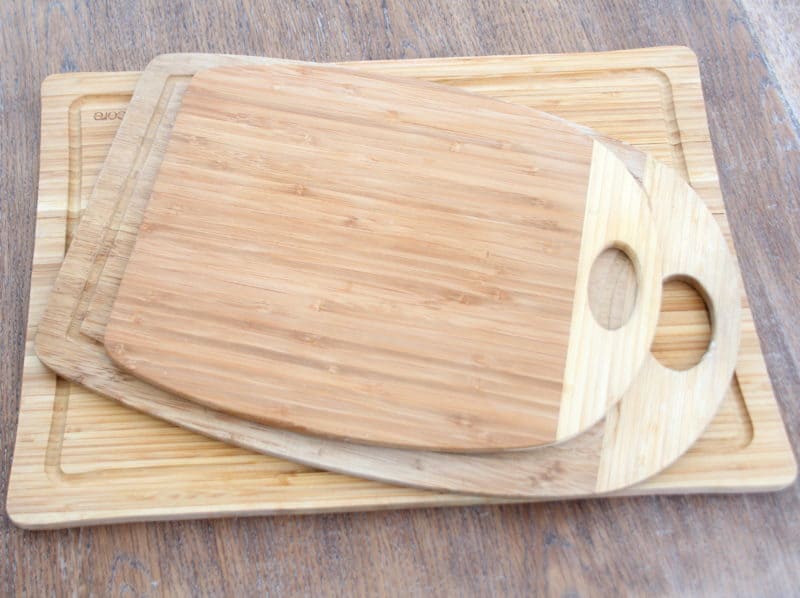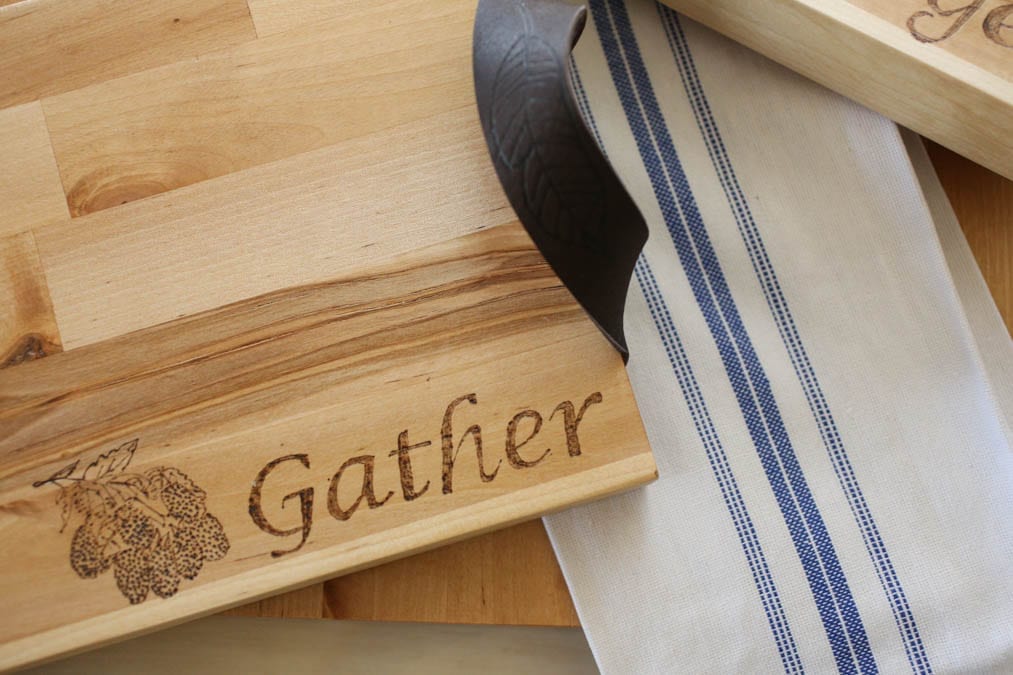Benefit What Grit Should I Sand A Cutting Board You Must Look
Begin sanding with 80 grit sandpaper, then go to 100 and then 120. If you bought a presurfaced board, you might have to start with 120 grit to remove incidental scratches that were on the board when you got it.

How to Finish and Maintain a Wood Cutting Board or Butcher Block
I’ve sanded my boards for a finish grit from 150 grit all the way to 4000 grit (100.

What grit should i sand a cutting board. Move up as the marks disappear from the previous grit. This, in turn, will make the board more prone to cracks and be wearing. I recently completed a couple of maple cutting boards.
The vinegar is for wiping the board down and disinfecting it first. For this, you can use vinegar, salt, lemon. And it worked great, again.
The board was allowed to set for 2 days. Once you have gone over the surface, switch to a finer grade. Wipe on boos block board cream following the instructions.
Make sure you're using end grain or edge grain boards. Then i melted bees wax into the oil, applied to the board and let it sit over night. I applied a liberal coat of oil and let it set over night.
Before oiling, wipe your cutting board with a damp handtowel or rag and let it air dry. Applying a good finish to it will make it more convenient to clean and boosts its durability. Sand the surface of the cutting board to remove the top layer of wood particles.
When it comes to sanding end grain cutting boards, there are a few things to keep in mind. To sand a wooden cutting board, you need a fine, medium, and coarse grit sandpaper, vinegar, salt, lemon, and whatever oil you want to use to seal the cutting board with at the end. First, you’ll want to use a coarse grit sandpaper to remove any roughness or unevenness.
You will notice the familiar fuzzy feeling right away. You might not even need to go up to 800 grit. Maybe this quick project will inspire you to refinish a butcher block or cutting board.
I decided to use mineral oil for a finish. Typically, the only times to start with coarser sandpaper (80 or 100 grit) are on boards with. Allow the board to dry completely.
The initial grit (or maybe 2) are for doing as well as you can to eradicate the scratches and dents, the remainder are for eradicating the sanding marks from the coarser grits. Our creativity, fueled with our love for craftsmanship, allowed us to create a myriad of cutting boards for e. Before sanding, disinfect the wooden cutting board.
The coarse grit should chew through the. Sand the cutting board's surface. Applied a second coat and let it sit over night.
Wood surfaces such as baseboards can get pretty roughed up over time. Then treat the board with your favorite cutting board oil and should look like new. I’ve been experimenting with sanding through the grits to seal the board before applying a generous amount of mineral oil to my boards.
If you have to sand down pretty significantly, make sure you chamfer/round out the edges and corners a bit. The overall project only took about 30 minutes, but oh what a difference! Come explore with us today!
Wiping the finishing oil and drying the board. The grains get raised, no matter what grit you sand it to first, when the surface fibers contact something wet whether it is water or juice from a lime or chicken breast goo.

How to Make a Modern Brass Handled Cutting Board Pneumatic Addict

How to refinish a butcher block

5 Great Sanding Tricks Popular Woodworking Magazine

How to Make a Modern Brass Handled Cutting Board Pneumatic Addict

Cutting Board, Diamond and Zig Zag pattern, End Grain Up II by bvdon

Quick Tip Tuesday Oiling A Cutting Board Shine Your Light

Question on sanding a cutting board Router Forums

Question on sanding a cutting board Router Forums
How to Finish and Maintain a Wood Cutting Board or Butcher Block

Wood Burned Charcuterie Board With Maker X The Everyday Farmhouse
Post a Comment for "Benefit What Grit Should I Sand A Cutting Board You Must Look"